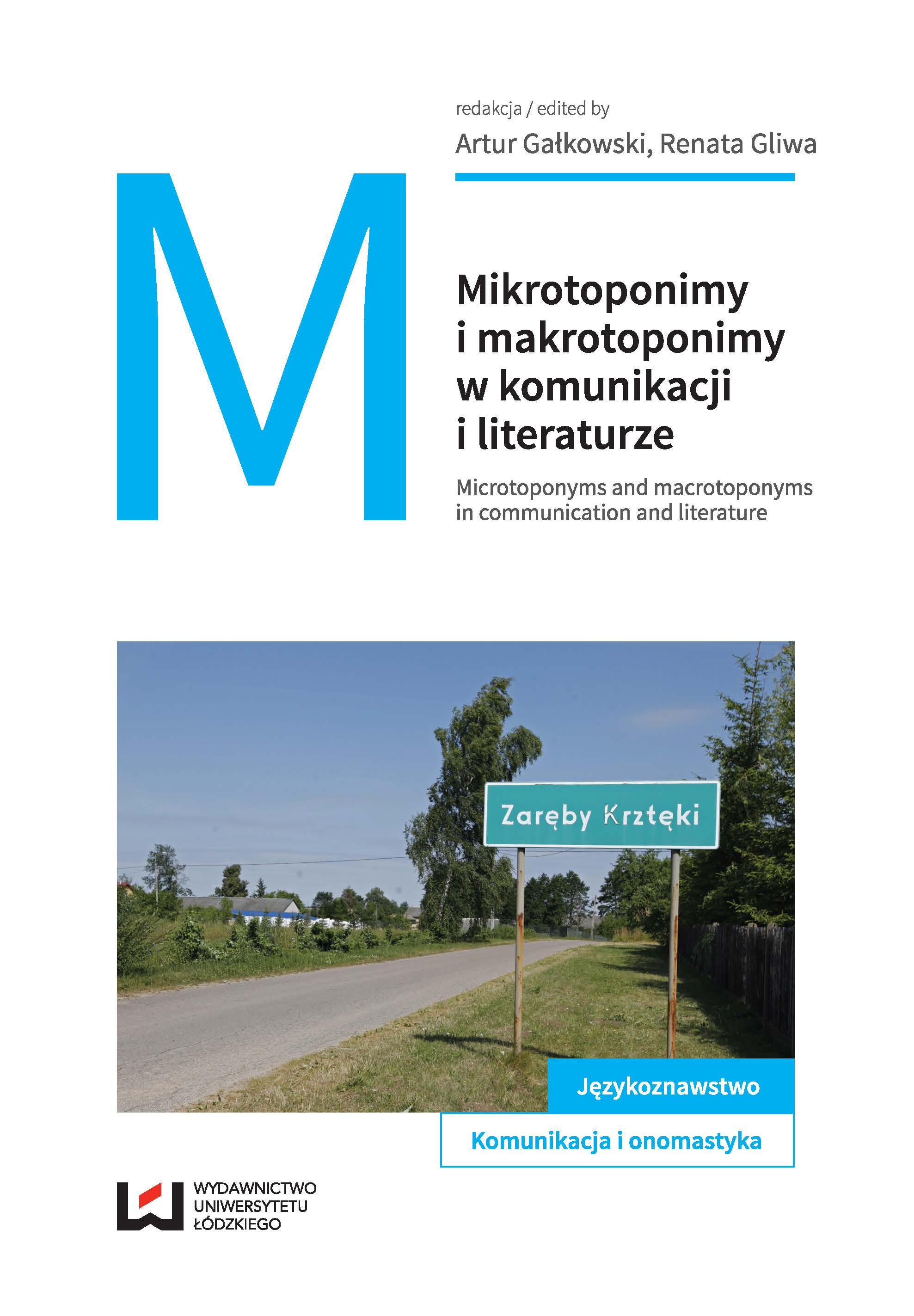
Спільне та відмінне у принципах номінації поселень і мікрооб’єктів
This work establishes commonnality in the naming principles of populated places (settlements) and other small geographic objects. Despite the different nature of settlements and other places and different methods of assigning proper names to different objects, there are some common nomination methods. In particular, these common methods include references to the fact that the object belongs to a specific owner or reflection of individual features of the object in its name.
More...